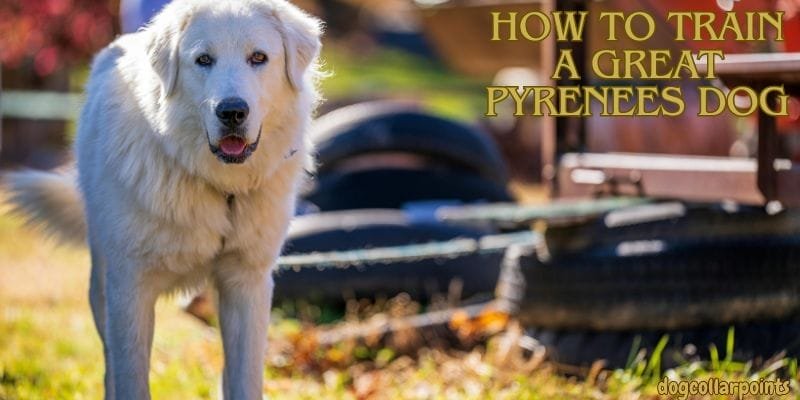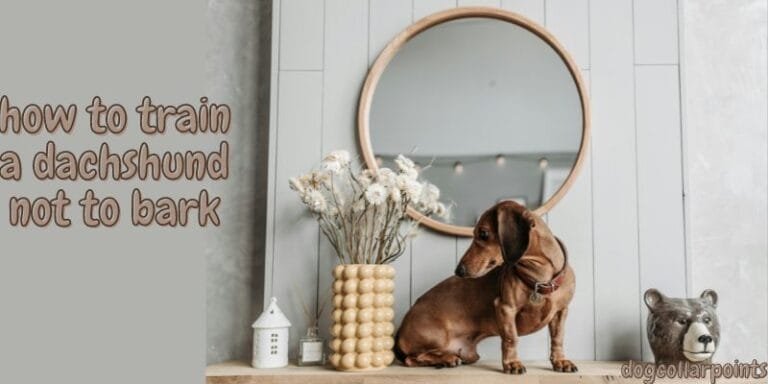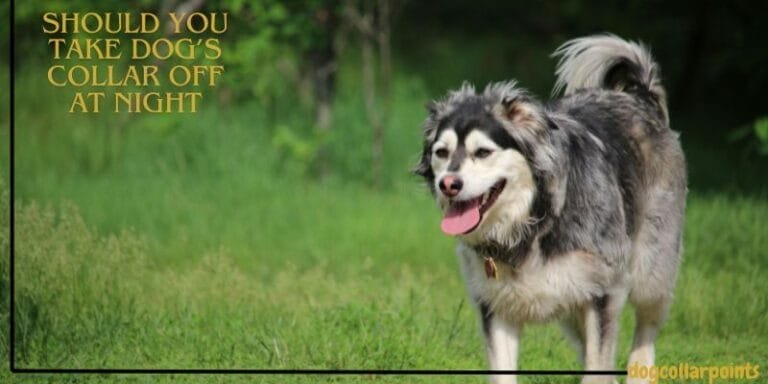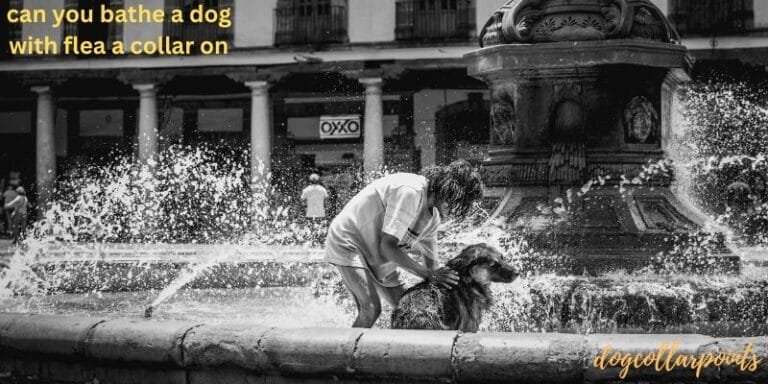How To Train A Great Pyrenees – Training Tips


Welcoming a Great Pyrenees into your life means not just bringing home a companion but a gentle giant who thrives on responsibility and connection with its family. The key to a harmonious relationship with your Pyrenees lies in training.
In this in-depth guide, I’ll walk you through everything you need to know about training your magnificent Great Pyrenees, from understanding its unique behavior to executing effective commands. By the end of this post, you’ll be equipped to nurture your Pyrenees into the model furry citizen you’ve always dreamed of.
What Should My Great Pyrenees Learn?
Before jumping into the ‘how,’ it’s essential to underline the ‘what.’ Training a Great Pyrenees should encompass fundamental skills and behaviors that align with its natural disposition as a guardian breed. These include obedience, socialization, and specialized roles such as livestock guarding or therapy work.
Basic Obedience Commands
Your Pyrenees should master basic commands like sit, stay, come, heel, and down. These fundamental commands form the backbone of effective communication and ensure your dog’s safety in various situations.
Socialization
Introduce your Pyrenees to diverse environments, people, and other animals early on to foster a friendly, well-rounded nature. A well-socialized Pyr is a confident and comfortable Pyr.
Specialized Roles
Recognize the unique traits of your Great Pyrenees — a breed historically used for guarding livestock — and tailor its training to excel in these roles. If you live on a farm, for example, your Pyr can learn the specific protocols for livestock protection.
Advanced Skills
Once the basics are mastered, consider training advanced skills like fetching, agility, or even search and rescue if your Pyr has a strong drive and skill set.
Training a Great Pyrenees: What You’ll Need
Training a Great Pyrenees isn’t just about the dog; it’s about the environment and tools you use. Here’s what you’ll need to get started.
Patience
First and foremost, you’ll need an abundance of patience. Great Pyrenees are independent thinkers and may take their time to respond to commands.
High-Value Treats
To motivate your Pyrenees, use rewards it finds irresistible. High-value treats can range from bits of cooked chicken to store-bought treats that contain liver or other appealing flavors.
A Quality Leash and Collar
Invest in a sturdy leash and Pyrenees collar. Given their size and strength, a flimsy leash won’t suffice for a Great Pyrenees in training.
A Quiet, Distraction-Free Space
Begin training in a quiet, distraction-free environment, gradually increasing the level of stimuli as your dog becomes more adept at following commands.
Clicker or Verbal Praise
Positive reinforcement is key to Pyrenees training. A clicker can be an effective marker for good behavior, but verbal praise also goes a long way.
The 10 Tips for How To Train a Great Pyrenees
Ready to get down to training business? Here are ten expert tips on how to train your Great Pyrenees effectively.
1. Establish Yourself as the Leader
From day one, your Pyrenees should understand that you are the leader. This doesn’t mean resorting to harsh training methods; rather, it’s about presenting yourself as calm, assertive, and consistent.
2. Begin Training Early
The earlier, the better. Start training your Pyr as soon as you bring it home, but be mindful not to overwhelm a young puppy with overly long or frequent training sessions.
3. Keep Sessions Short and Varied
A young Pyrenees’ attention span won’t tolerate lengthy sessions, so keep them short and sweet. Aim for five to ten minutes of focused training several times a day. Vary the commands and the rewards to keep training engaging.
4. Learn to Read Your Dog’s Signals
Be attentive to your Pyrenees’ body language. A dog that’s yawning, avoiding eye contact, or licking its lips is showing signs of stress and may need a break from training.
5. Consistency Is Key
Consistency in your training approach and the commands you use is paramount. Everyone in the family who interacts with the dog should use the same language and techniques.
6. Use Positive Reinforcement
Praise and treat your Pyr for good behavior. Positive reinforcement is not only more pleasant for the dog, but it’s also far more effective for breeds like the Great Pyrenees, which has a sensitive nature.
7. Use Negative Punishment Sparingly
Avoid scolding or any form of negative punishment. This can lead to mistrust and fear. Remember, you’re teaching, not disciplining.
8. Practice Patience During Training
Practice patience. If your Pyrenees is struggling to learn a command, take a step back and break it down into smaller, more manageable steps. Celebrate small victories along the way.
9. Use Commands in Context
Avoid the mistake of just throwing commands out at random. Always use commands in context, and ensure they are linked to a specific behavior.
10. Solidify the “Retreat” Command
A “retreat” or “leave it” command can be life-saving for a Pyrenees that thinks it needs to protect your family from every squirrel or passerby. Ensure this command is solid and practiced regularly.
Conclusion
Training your Great Pyrenees is an investment in the future of your relationship. By understanding the unique needs of this majestic breed and applying the tips provided, you’ll be well on your way to a strong, cooperative bond.
Remember, each dog is an individual, and training should be tailored to their personality and context. Celebrate the progress, stay patient, and enjoy the learning process with your loyal, loving, and enormous companion.
Frequently Asked Questions (FAQs)
Are Great Pyrenees easy to train?
It can be challenging to train Great Pyrenees because of their independence and strong-willed nature. However, with patience, consistency, and positive reinforcement, they can be trained effectively.
How do I get my Great Pyrenees to listen?
You can teach your Great Pyrenees to listen and follow commands by establishing yourself as the leader and using positive reinforcement techniques. It’s also important to be patient and consistent in your training approach.
How do you train an adult Pyrenees?
Training an adult Pyrenees may require more patience and consistency, as they may have already developed some habits. Starting with basic obedience training and using positive reinforcement can help in successfully training an adult Pyrenees.
How do I train my Great Pyrenees to not run away?
Training a Great Pyrenees to stay within boundaries and not run away requires consistent training, starting at a young age. Using positive reinforcement techniques and reinforcing the “retreat” or “leave it” command can also be helpful in preventing running away behavior. It’s important to also regularly exercise and provide mental stimulation for your Pyrenees to keep them happy and content.






